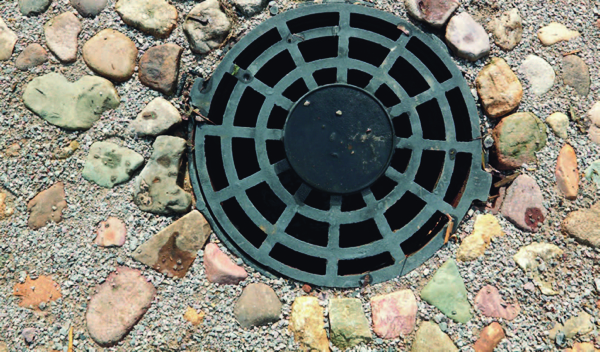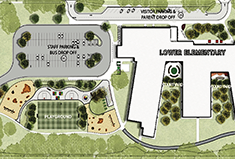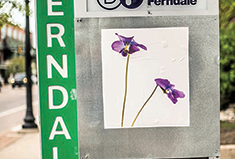Residents Can Rest Easy – The Sewer System Is Functioning Properly
By: Sarah Teller
The City of Ferndale’s sewer system, maintained by the Department of Public Works, consists of approximately 80 miles of piping. The system is considered a “combined system” — this means it serves a dual purpose of carrying both storm water away from the streets and also handles the city’s sanitary flow. One hundred per cent of the sewage drainage is treated to remove pollutants before it is released into the environment. The sewer system has been routinely maintained, revised, and renovated as needed since its inception in 1920, but the basic structure has been in place for nearly 100 years. Since the 1980s, the City of Ferndale has also lined nearly half of the entire system, leaving the pipes in excellent, “better than new” condition, according to City of Ferndale’s Director of Public Works, Lloyd Cureton, who was elected to his current position in 2012 after serving several months as interim director and the retirement of previously-appointed Bryon Photiades.
“Over the years, numerous city employees and contractors have been involved in the maintenance and upgrading of the system including public works staff and engineering consultants,” Loyd explains. The current system uses a pipe restoration process referred to as Cured in Place, or C.I.P for short. Cured in Place piping is a joint-less piping system, one of several trenchless rehabilitation methods used to repair existing pipelines. This type of piping does not require excavation should a limited portion of the system need to be repaired. C.I.P. piping can reduce the risk of infiltration by tree roots and other underground objects, as well as prevent leaking. “This process lines the pipe with a hard plastic that is smoother, better able to withstand the sewer substances being transported, and is installed seamlessly,” he explains. “Seamless means no water infiltration from groundwater or openings which proved a place for tree roots to grow in to the system and clog it.”
In recent years, the City of Ferndale has initiated the installation of restrictor plates on a limited number of the system’s catch basins. These plates are specifically designed to slow the rate of storm water into the sewer system. There has been some concern, however, from local residents that the streets are now flooding after heavy storms due to the new design. It appears that the restrictor plates are inadvertently causing the pipes to back up and clog with miscellaneous debris, making it impossible for water to drain as it should. Sizable puddles are accumulating on the streets for extended periods of time.
However, the design is actually intentional and essential in order to prevent rain water from entering their homes during the heaviest storms.
“This is especially important during significant rain events,” says Cureton. “The system is not clogged. It is designed that way. The City would rather have the streets flood temporarily than have the storm system be overwhelmed and potentially back up into basements.” And, although the plates may cause the streets to hold water for a longer period of time, this back up is not significant enough to be considered a worrisome level of flooding. “Streets that flood temporarily, and drain within an hour without causing property damage are not considered flooded,” Loyd says assuredly. Residents can rest easy that the sewer system is functioning properly and water will drain in a reasonable period of time. Despite the water pooling, routes will remain accessible during the prolonged draining process.
For more information regarding Ferndale’s sewer system, please contact the Department of Public Works located at 521 East Cambourne Street. The department is open for business weekly, Monday through Friday, and can be reached at 248-546-2525.



